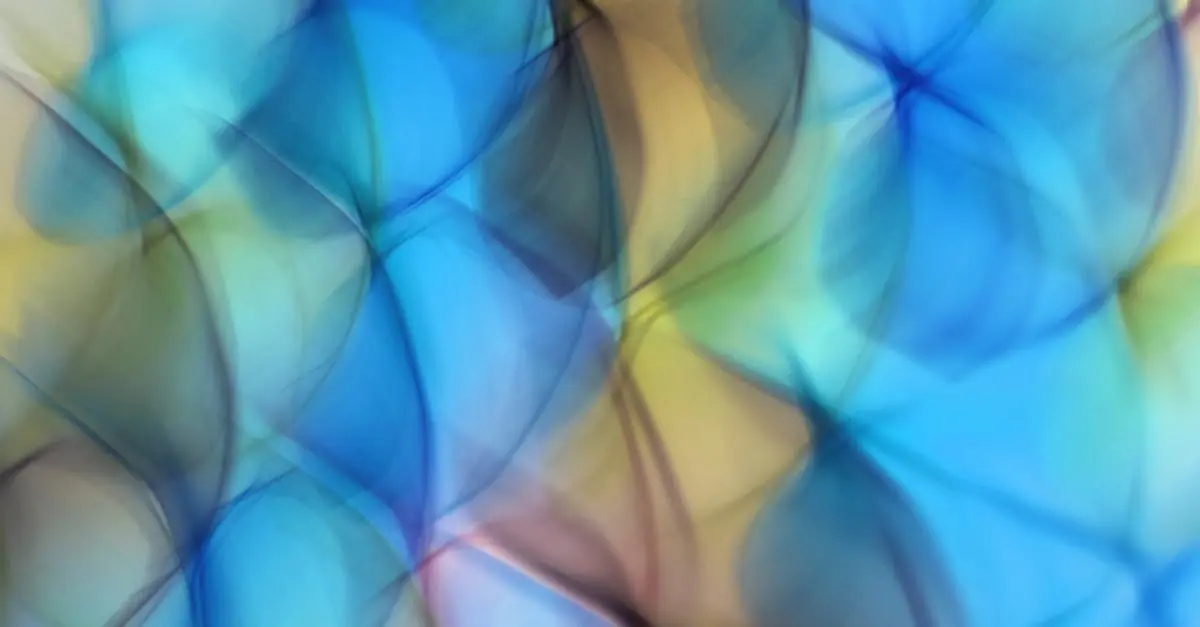In a world where screens dominate daily life, blue light has become the unwelcome party crasher. It sneaks into our lives through phones, tablets, and computers, leaving many feeling like they’ve just binge-watched an entire season of their favorite show—exhausted and bleary-eyed. But fear not! Blue light reduction is here to save the day, and it’s easier than finding the pause button on a Netflix marathon.
Table of Contents
ToggleUnderstanding Blue Light
Blue light significantly impacts daily life. It exists in various forms and affects individuals in diverse ways.
What Is Blue Light?
Blue light refers to high-energy visible light within the 380 to 500 nanometer spectrum. This type of light emulates natural sunlight and plays an essential role in regulating sleep cycles. Exposure to blue light during the day enhances alertness and cognitive function. However, excessive exposure, especially at night, may disrupt sleep patterns and lead to fatigue and difficulties in concentration.
Sources of Blue Light
Common sources include digital screens, LED lights, and fluorescent bulbs. Smart devices such as smartphones, tablets, and computers emit notable levels of blue light. Other sources, like televisions and energy-efficient light bulbs, contribute to overall exposure. With the increased use of these devices, individuals face persistent exposure, which can lead to eyestrain and discomfort. Understanding these sources helps in implementing effective blue light reduction strategies.
Effects of Blue Light on Health
Blue light exposure affects various aspects of health, particularly sleep and eye comfort. Awareness of these effects can guide individuals in managing their exposure effectively.
Impact on Sleep Patterns
Exposure to blue light in the evenings disrupts sleep cycles. It inhibits melatonin production, a hormone that regulates sleep. Studies indicate that people using screens before bedtime experience increased difficulty falling asleep, impacting overall restfulness. Those who frequently engage with digital devices late at night report higher levels of fatigue the next day. Sleep quality diminishes as blue light interferes with natural circadian rhythms, leading to later bedtimes and reduced alertness during the day.
Eye Strain and Discomfort
Prolonged exposure to blue light leads to eye strain and discomfort commonly referred to as digital eye strain. Symptoms include dryness, irritation, and blurred vision. Research shows that individuals who spend significant time on screens often experience acute discomfort, which can impact productivity and well-being. The phenomenon known as “computer vision syndrome” encompasses various issues arising from excessive screen time. Reducing blue light exposure through the use of specialized eyewear or screen filters may alleviate these symptoms. Prioritizing eye health ensures improved comfort and focus during digital tasks.
Methods of Blue Light Reduction
Blue light reduction involves practical strategies to minimize exposure from digital devices. These methods enhance eye comfort and promote better sleep quality.
Filters and Screens
Using filters and screens provides an immediate way to reduce blue light exposure. Screen filters, which attach directly to devices, reduce harmful light by utilizing specialized coatings. Some electronic devices feature built-in blue light reduction settings. These settings make it easier to adjust light levels during evening hours. Privacy screen protectors also serve dual purposes by limiting glare while blocking blue light. Screen time management apps encourage users to take frequent breaks, helping alleviate potential strain. Regular usage of these tools can significantly contribute to eye health.
Blue Light Blocking Glasses
Blue light blocking glasses offer protection for those frequently in front of screens. These glasses come with special coatings that minimize blue light penetration. Users report reduced eye strain and discomfort when wearing them. Many styles suit different preferences, including prescription and non-prescription options. Wearing these glasses during evening hours particularly supports better sleep by reducing melatonin disruption. Furthermore, they can be integrated easily into daily routines. Prioritizing eye comfort is achievable with such simple solutions.
Benefits of Blue Light Reduction
Blue light reduction offers significant advantages for overall well-being. Experts emphasize improved sleep quality and enhanced eye comfort as primary benefits.
Improved Sleep Quality
Reducing blue light exposure, especially in the evening, positively influences sleep quality. Studies indicate that limiting screen time before bed can facilitate melatonin production, making it easier to fall asleep. Individuals frequently using screens at night often experience sleep disturbances that impact their daily performance. By implementing blue light reduction strategies, users may notice a more restful night’s sleep. This adjustment leads to increased alertness and energy levels the following day. Ultimately, prioritizing blue light reduction can significantly improve nighttime rest and enhance daily functioning.
Enhanced Eye Comfort
Enhanced eye comfort results from minimizing blue light exposure from digital devices. Prolonged screen time often leads to digital eye strain, causing symptoms such as dryness and irritation. Effective blue light reduction techniques, like using filters and adjusting screen settings, can alleviate discomfort. Individuals who consistently implement these strategies frequently report less fatigue and better focus during digital tasks. Supporting eye health through these methods not only improves comfort but can also lead to increased productivity. Regular reductions in blue light contribute to an overall improved experience while working or relaxing in front of screens.
Prioritizing blue light reduction is essential for maintaining eye comfort and improving sleep quality. By adopting simple strategies like using screen filters and blue light blocking glasses, individuals can significantly lessen the impact of excessive blue light exposure. These adjustments not only enhance daily productivity but also promote better overall well-being. As technology continues to dominate daily life, being proactive about blue light management will lead to healthier habits and a more restful night’s sleep. Embracing these practices is a step toward a more balanced and comfortable digital experience.



